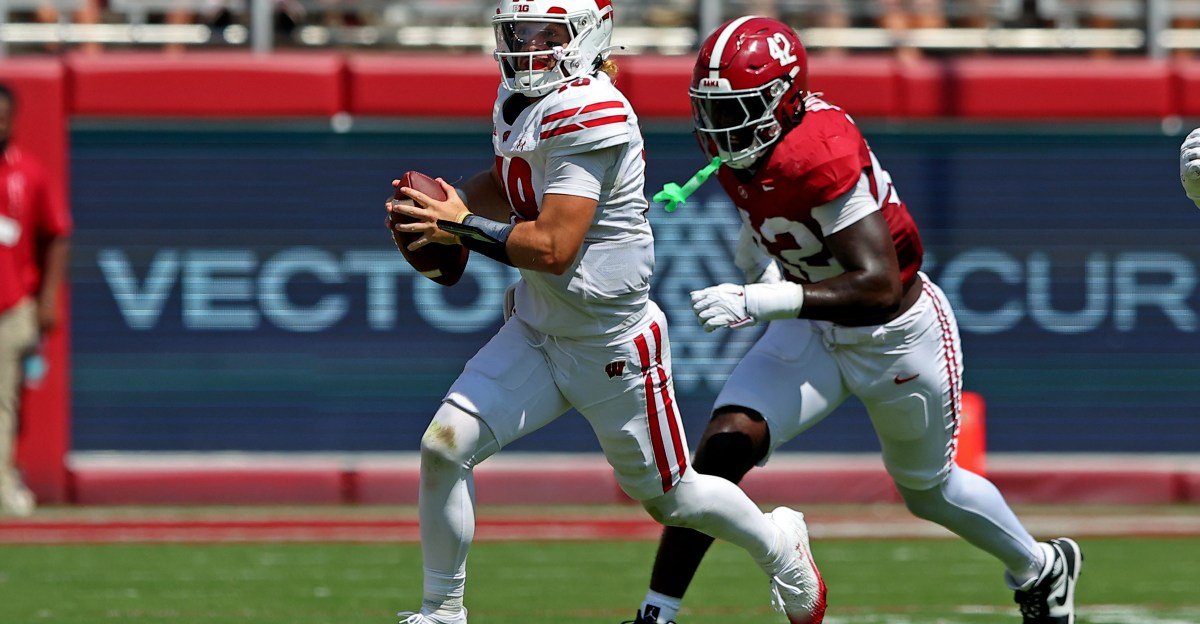In a major new finding almost a decade in the making, researchers at Harvard Medical School say they’ve found a key that may unlock many of the mysteries of Alzheimer’s disease and brain aging — the humble metal lithium.
Lithium is best known to medicine as a mood stabilizer given to people who have bipolar disorder and depression. It was approved by the US Food and Drug Administration in 1970, but it was used by doctors to treat mood disorders for nearly a century beforehand.
Now, for the first time, researchers have shown that lithium is naturally present in the body in tiny amounts and that cells require it to function normally — much like vitamin C or iron. It also appears to play a critical role in maintaining brain health.
In a series of experiments reported Wednesday in the journal Nature, researchers at Harvard and Rush universities found that depleting lithium in the diet of normal mice caused their brains to develop inflammation and changes associated with accelerated aging.
In mice that were specially bred to develop the same kinds of brain changes as humans with Alzheimer’s disease, a low-lithium diet revved the buildup of sticky proteins that form plaques and tangles in the brains that are hallmarks of the disease. It also sped up memory loss.
Maintaining normal lithium levels in mice as they aged, however, protected them from brain changes associated with Alzheimer’s.
If further research supports the findings, it could open the door to new treatments and diagnostic tests for Alzheimer’s, which affects an estimated 6.7 million older adults in the United States, according to the US Centers for Disease Control and Prevention.
The research provides a unifying theory that helps explain so many of the puzzle pieces scientists have been trying to fit together for decades.
“It is a potential candidate for a common mechanism leading to the multisystem degeneration of the brain that precedes dementia,” said Dr. Bruce Yankner, a professor of genetics at Harvard Medical School, who led the study. “It will take a lot more science to determine whether this is a common pathway… or one of several pathways,” to Alzheimer’s, he added. “The data are very intriguing.”
In an editorial published in Nature, Dr. Ashley Bush, a neuroscientist who directs the Melbourne Dementia Research Center at the University of Melbourne in Australia, said the researchers “present compelling evidence that lithium does in fact have a physiological role and that normal aging might impair the regulation of lithium levels in the brain.” He was not involved in the study.
Close examination of human and animal brain tissues, along with genetic investigations in the study, found the mechanism that appears to be at play: Beta amyloid plaques — the sticky deposits that gum up the brains of Alzheimer’s patients — bind to lithium and hold it, including the type that’s normally present in the body, as well as the commonly prescribed form. This binding depletes lithium available for nearby cells, including important scavengers known as microglia.
When the brain is healthy and functioning normally, microglia are waste managers, clearing away beta amyloid before it can accumulate and can cause harm. In the team’s experiments, microglia from the brains of lithium-deficient mice showed a reduced ability to sweep away and break down beta amyloid.
Yankner believes this creates a downward spiral. The accumulation of beta amyloid soaks up more and more lithium, further crippling the brain’s ability to clear it away.
He and his colleagues tested different lithium compounds and found one — lithium orotate — that doesn’t bind to amyloid beta.
When they gave lithium orotate to mice with signs of Alzheimer’s in their brains, these changes reversed: Beta amyloid plaques and tangles of tau that were choking the memory centers of the brain were reduced. Mice treated with lithium were once again able to navigate mazes and learn to identify new objects, whereas those who got placebos showed no change in their memory and thinking deficits.
In its natural form, lithium is an element, a soft, silvery-white metal that readily combines with other elements to form compounds and salts. It’s naturally present in the environment, including in food and water.
Scientists have never fully known how it works to improve mood — only that it does. The original formula for 7Up soda included lithium — it was called 7Up Lithiated Lemon Soda — and touted as a hangover cure and mood lifter “for hospital or home use.” Some hot springs known to contain mineral water brimming with lithium became sought out wellness destinations for their curative powers.
Still, people who take prescription doses of lithium — which were much higher than the doses used in the new study — can sometimes develop thyroid or kidney toxicity.
Tests of the mice given low doses of lithium orotate showed no signs of damage.
That’s encouraging, Yankner said, but it doesn’t mean people should try to take lithium supplements on their own.
“A mouse is not a human. Nobody should take anything based just on mouse studies,” Yankner said.
“The lithium treatment data we have is in mice, and it needs to be replicated in humans. We need to find the right dose in humans,” he added.
The normal amounts of lithium in our bodies, and the concentrations given to the mice, are small — about 1,000 times lower than doses given to treat bipolar disorder, Yankner notes.
Yankner said he hoped toxicity trials of lithium salts would start soon. Neither he nor any of his co-authors have a financial interest in the outcome of the research, he said.
The National Institutes of Health was the major funder of the study, along with grants from private foundations.
“NIH support was absolutely critical for this work,” Yankner said.
The new research corroborates earlier studies hinting that lithium might be important for Alzheimer’s. A large Danish study published in 2017 found people with higher levels of lithium in their drinking water were less likely to be diagnosed with dementia compared with those whose tap water contained naturally lower lithium levels. Another large study published in 2022 from the United Kingdom found that people prescribed lithium were about half as likely has those in a control group to be diagnosed with Alzheimer’s, suggesting a protective effect of the drug.
But lithium’s use in psychiatry caused it to become type cast as therapeutic, Yankner said. No one realized it might be important to the body’s normal physiology.
That happened in part because the amounts of lithium that typically circulate in the body are so small, they couldn’t be quantified until recently. Yankner and his team had to adapt new technology to measure it.
In the first stage of the research, the scientists tested the brain tissue and blood of older patients collected by the brain bank at Rush University for trace levels of 27 metals. Some of the patients had no history of memory trouble, while others had early memory decline and pronounced Alzheimer’s. While there was no change in the levels of most metals they measured, lithium was an exception. Lithium levels were consistently lower in patients with mild cognitive impairment or Alzheimer’s compared to those with normal brain function. The brains of patients Alzheimer’s disease also showed increased levels of zinc and decreased levels of copper, something scientists had observed before.
Consistently finding lower lithium levels in the brains of people with memory loss amounted to a smoking gun, Yankner said.
“At first, frankly, we were skeptical of the result because it wasn’t expected,” said Yankner.
But it held up even when they checked samples from other brain banks at Massachusetts General Hospital, Duke and Washington universities.
“We wanted to know whether this drop in lithium was biologically meaningful, so we devised an experimental protocol where we could take lithium selectively out of the diet of mice and see what happens,” Yankner said.
When they fed the mice a low-lithium diet, simply dropping their natural levels by 50%, their brains rapidly developed features of Alzheimer’s.
“The neurons started to degenerate. The immune cells in the brain went wild in terms of increased inflammation and worse maintenance function of the neurons around them, and it looked more like an advanced Alzheimer patient,” Yankner said.
The team also found the gene expression profiles of lithium-deficient mice and people who had Alzheimer’s disease looked very similar.
The researchers then started to look at how this drop in lithium might occur. Yankner said in the earliest stages there’s a decrease in the uptake of lithium in the brain from the blood. They don’t yet know exactly how or why it happens, but it’s likely to be from a variety of things including reduced dietary intake, as well as genetic and environmental factors.
The major source of lithium for most people is their diet. Some of the foods that have the most lithium are leafy green vegetables, nuts, legumes and some spices like turmeric and cumin. Some mineral waters are also rich sources.
In other words, Yankner said, a lot of the foods that have already proven to be healthy and reduce a person’s risk of dementia may be beneficial because of their lithium content.
“You know, oftentimes one finds in science that things may have an effect, and you think you know exactly why, but then subsequently turn out to be completely wrong about why,” he said.























